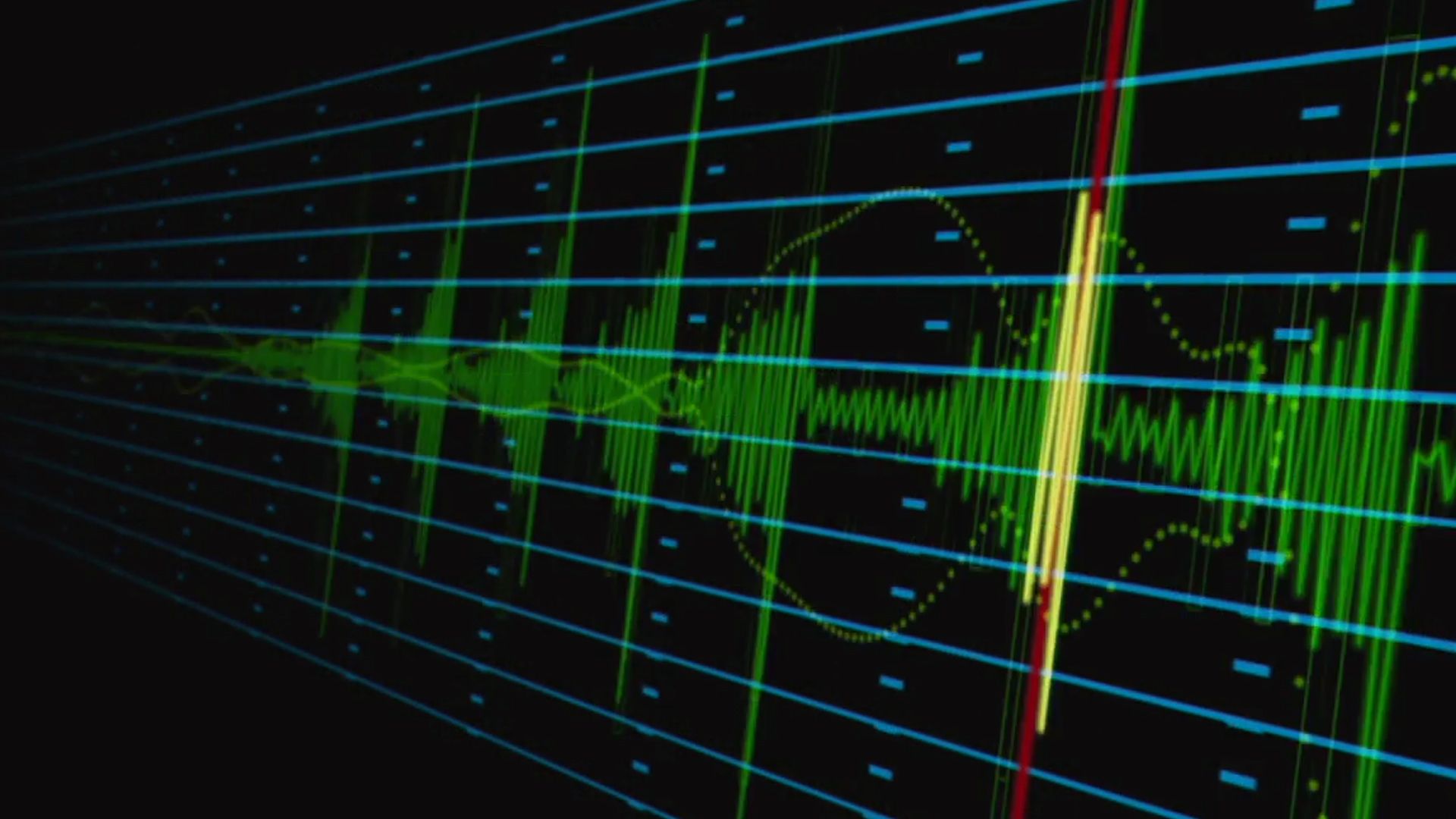Cutting Room Magic: Transforming Raw Footage into Visual Masterpieces
Cutting Room Magic: Transforming Raw Footage into Visual Masterpieces
Blog Article

In the world of filmmaking, the journey from raw footage to polished masterpiece is an enchanting process that often goes unnoticed. Video editing serves as the hidden art that breathes life into a collection of images and sounds, transforming them into a coherent story that resonates with audiences. It is here, in the cutting room, where the real magic happens, as editors meticulously piece together footage, shape narratives, and create emotional impact.
Editing is not just about trimming the excess; it is about weaving together moments to create a visual narrative that captivates. Every cut, transition, and effect plays a vital role in the final product, allowing the intended message to shine through. From crafting suspenseful sequences to evoking laughter or tears, video editing is an integral part of the filmmaking process, turning everyday clips into extraordinary experiences.
Essential Editing Techniques
To transform raw footage into captivating visuals, understanding essential editing techniques is crucial. One fundamental technique is cutting, which involves selecting the best clips and removing unwanted sections. This process shapes the narrative, allowing the editor to maintain pacing and flow. By employing hard cuts, jump cuts, or dissolves, editors can create a seamless viewing experience that engages the audience.
Another vital technique is color correction and grading. This process enhances the clarity of the footage while setting the tone and mood of the video. Color correction addresses issues like exposure and white balance, ensuring that the visuals are consistent and appealing. Grading, on the other hand, styles the video to evoke specific emotions, using color palettes that align with the story being told.
Sound design plays a significant role in video editing as well. Incorporating sound effects, dialogue, and background music enriches the overall experience, providing depth to the visuals. Properly leveling audio ensures clarity, while strategically placed sound elements can intensify emotional moments or highlight important story aspects. By harmonizing sound and visuals, editors can create a compelling narrative that resonates with viewers.
Tools of the Trade
In the realm of video editing, having the right tools is essential for crafting compelling visual narratives. Professional video editors often utilize powerful software like Adobe Premiere Pro, Final Cut Pro, and DaVinci Resolve. Each of these platforms offers unique features and capabilities, allowing editors to work efficiently while bringing their creative visions to life. The choice of software often depends on the specific needs of the project and the editor's personal preference.
Hardware also plays a critical role in the editing process. A robust computer with a high-performance graphics card and ample RAM is necessary to handle large video files and complex effects. Many editors opt for dual monitors to enhance their workflow, enabling them to view timelines and assets simultaneously. Additionally, tools like external hard drives or networked storage solutions help in managing vast amounts of footage, ensuring that everything is easily accessible during the editing process.
Beyond software and hardware, a variety of plugins and extensions can elevate the editing experience. These tools allow editors to add specialized effects, transitions, and color grading capabilities that can significantly enhance the visual appeal of a project. Investing time in learning about these tools can lead to more polished final products, making them invaluable in the competitive world of video editing.
Crafting the Final Cut
In the journey of video editing, crafting the final cut is where creativity truly comes to life. This stage involves meticulously reviewing all the raw footage to identify the best takes that convey the intended story or message. Editors spend countless hours fine-tuning each cut, ensuring that every transition, timing, and visual element harmonizes to create a captivating narrative. The editor's keen eye for detail plays a vital role in weaving together various shots to maintain continuity and engage the audience.
Color correction and audio enhancement are essential components of the final cut. By adjusting colors, contrast, and brightness, editors can evoke specific moods and enhance visual appeal. Likewise, sound design, including background music, dialogue balancing, and sound effects, brings depth to the viewing experience. The synergy between visuals and sound transforms a simple collection of clips into an immersive masterpiece, allowing viewers to connect with the content on a deeper level.
Cut Video Online
The final stage of video editing culminates in exporting the project for distribution. This process includes selecting the appropriate format and resolution based on the intended platform, whether it's for social media, film festivals, or online streaming. Once exported, the ultimate creation is ready to be shared with the world, each frame reflecting the creativity and skill invested in its making. The journey from raw footage to the final cut showcases the magic of video editing, as passion and technical expertise converge to produce visual storytelling that resonates.
Report this page